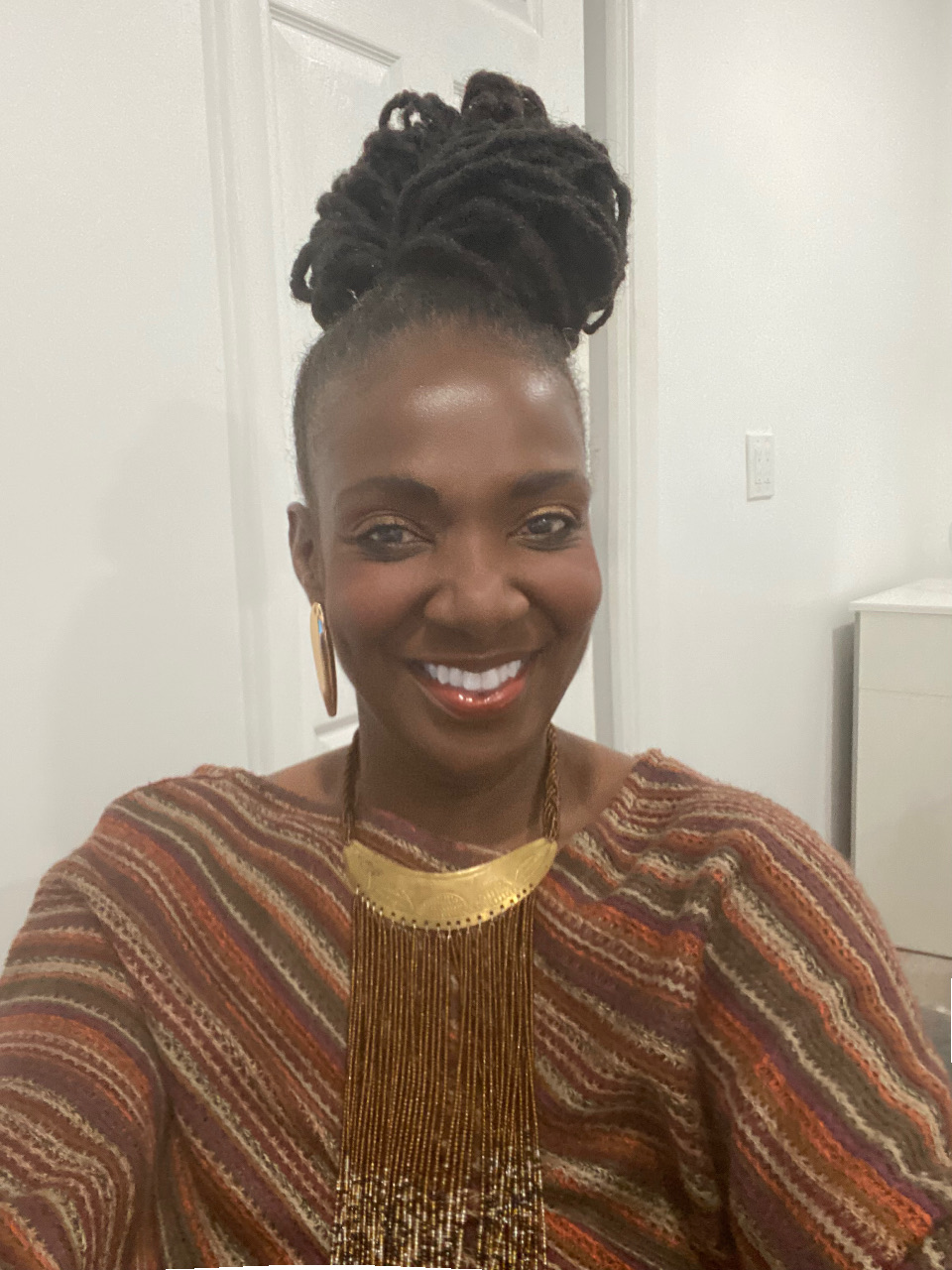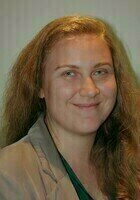All ISEE Upper Level Reading Resources
Example Questions
Example Question #621 : Ssat Upper Level Reading Comprehension
Adapted from Volume Four of The Natural History of Animals: The Animal Life of the World in Its Various Aspects and Relations by James Richard Ainsworth Davis (1903)
The examples of protective resemblance so far quoted are mostly permanent adaptations to one particular sort of surrounding. There are, however, numerous animals which possess the power of adjusting their color more or less rapidly so as to harmonize with a changing environment.
Some of the best known of these cases are found among those mammals and birds that inhabit countries more or less covered with snow during a part of the year. A good instance is afforded by the Irish or variable hare, which is chiefly found in Ireland and Scotland. In summer, this looks very much like an ordinary hare, though rather grayer in tint and smaller in size, but in winter it becomes white with the exception of the black tips to the ears. Investigations that have been made on the closely allied American hare seem to show that the phenomenon is due to the growth of new hairs of white hue.
The common stoat is subject to similar color change in the northern parts of its range. In summer it is of a bright reddish brown color with the exception of the under parts, which are yellowish white, and the end of the tail, which is black. But in winter, the entire coat, save only the tip of the tail, becomes white, and in that condition the animal is known as an ermine. A similar example is afforded by the weasel. The seasonal change in the vegetarian Irish hare is purely of protective character, but in such an actively carnivorous creature as a stoat or weasel, it is aggressive as well, rendering the animal inconspicuous to its prey.
Based on the passage, which of the following can we infer would be the best reason for animals living in variable arctic environments to change their fur color?
They would be more difficult to see when surrounded by snow.
They would more easily be able to attract a mate.
They would be warmer.
They would be faster.
They would be able to find food more quickly and easily.
They would be more difficult to see when surrounded by snow.
If animals that live in arctic environments change their fur color, it is likely a seasonal change from brownish fur to predominantly white fur, as we’ve seen in the examples of the Irish hare, the stoat, and the weasel. What is specific about arctic environments? Thy likely involve a lot of snow, and are quite cold. Changing fur color to white would thus blend in with the snow and make an animal harder to see, as the last sentence suggests in saying that “in such an actively carnivorous creature as a stoat or weasel, [color change] is aggressive as well, rendering the animal inconspicuous to its prey.” we’re not told anything in the passage that would support the assertion that it would make the animal warmer, or that would support any of the other answer choices.
Example Question #31 : Making Inferences And Predictions In Science Passages
Adapted from “The Progress of Medical Education in the United States” in the Scientific American Supplement No. 1157 Vol. XLV (March 5th, 1898)
It is pleasing to note and it augurs well for the future that a decided advance has been made in the direction of a more thorough medical training in America, yet at the same time it is discouraging to observe that, despite these progressive steps, competition does not abate, but rather daily becomes more acute.
There is now a grand total of one hundred and fifty-four medical schools in America. To make a telling comparison, the total number of medical schools in Austria and Germany, with a population exceeding that of this country, is twenty-nine. Great Britain, with more than half the population, has seventeen; while Russia, with one hundred million inhabitants, has nine. Of course we do not argue that America, with her immense territory and scattered population, does not need greater facilities for the study of medicine than do thickly inhabited countries, as Germany and Great Britain; but we do contend that when a city of the size of St. Louis has as many schools as Russia, the craze for multiplying these schools is being carried to absurd and harmful lengths.
However, that the number of schools and their yearly supply of graduates of medicine are far beyond the demand is perfectly well known to all. The Medical Record and other medical journals have fully discussed and insisted upon that point for a considerable time. The real question at issue is by what means to remedy or at least to lessen the bad effects of the system as quickly as possible.
The first and most important steps toward this desirable consummation have been already taken, and when a four years' course comes into practice throughout the country, the difficult problem of checking excessive competition will at any rate be much nearer its solution. Why should France, Germany, Great Britain and other European nations consider that a course of from five to seven years is not too long to acquire a good knowledge of medical work, while in many parts of America two or three years' training is esteemed ample for the manufacture of a full-fledged doctor? Such methods are unfair both to the public and to the medical profession.
Which of the following is most likely to be the subject of the next paragraph in the article from which this passage was excerpted?
Other ways in which the America's medical education could be improved
A consideration of all of the positive aspects of having a great deal of medical schools
Advice to anyone who wishes to pursue a medical career
Discussion of new medical procedures invented in America
Effusive praise for the medical systems present in European countries
Other ways in which the America's medical education could be improved
In the third paragraph, the author states that the problem of there being too many American medical schools is a well-known problem. He then states, "The real question at issue is by what means to remedy or at least to lessen the bad effects of the system as quickly as possible." In the next paragraph, he begins, "The first and most important steps toward this desirable consummation have been already taken . . ." Given the context of these last few paragraphs, it is reasonable to assume that the author would continue to discuss ways in which the America's medical education could be improved. None of the other answer choices are as directly supported by the context of the passage.
Example Question #32 : Making Inferences And Predictions In Science Passages
Adapted from On the Origin of Species by Charles Darwin (1859)
How will the struggle for existence, discussed too briefly in the last chapter, act in regard to variation? Can the principle of selection, which we have seen is so potent in the hands of man, apply in nature? I think we shall see that it can act most effectually. Let it be borne in mind in what an endless number of strange peculiarities our domestic productions, and, in a lesser degree, those under nature, vary; and how strong the hereditary tendency is. Under domestication, it may be truly said that the whole organization becomes in some degree plastic. Let it be borne in mind how infinitely complex and close-fitting are the mutual relations of all organic beings to each other and to their physical conditions of life. Can it, then, be thought improbable, seeing that variations useful to man have undoubtedly occurred, that other variations useful in some way to each being in the great and complex battle of life, should sometimes occur in the course of thousands of generations? If such do occur, can we doubt (remembering that many more individuals are born than can possibly survive) that individuals having any advantage, however slight, over others, would have the best chance of surviving and of procreating their kind? On the other hand, we may feel sure that any variation in the least degree injurious would be rigidly destroyed. This preservation of favorable variations and the rejection of injurious variations, I call Natural Selection. Variations neither useful nor injurious would not be affected by natural selection, and would be left a fluctuating element, as perhaps we see in the species called polymorphic.
We shall best understand the probable course of natural selection by taking the case of a country undergoing some physical change, for instance, of climate. The proportional numbers of its inhabitants would almost immediately undergo a change, and some species might become extinct. We may conclude, from what we have seen of the intimate and complex manner in which the inhabitants of each country are bound together, that any change in the numerical proportions of some of the inhabitants, independently of the change of climate itself, would most seriously affect many of the others. If the country were open on its borders, new forms would certainly immigrate, and this also would seriously disturb the relations of some of the former inhabitants. Let it be remembered how powerful the influence of a single introduced tree or mammal has been shown to be. But in the case of an island, or of a country partly surrounded by barriers, into which new and better adapted forms could not freely enter, we should then have places in the economy of nature which would assuredly be better filled up, if some of the original inhabitants were in some manner modified; for, had the area been open to immigration, these same places would have been seized on by intruders. In such case, every slight modification, which in the course of ages chanced to arise, and which in any way favoured the individuals of any of the species, by better adapting them to their altered conditions, would tend to be preserved; and natural selection would thus have free scope for the work of improvement.
Darwin is most likely a __________.
journalist
medical doctor
none of these answers
scientist
novelist
scientist
Since Darwin is analyzing science and its change over time, it seems most likely that he is a scientist interested in cataloging shifts.
All ISEE Upper Level Reading Resources




